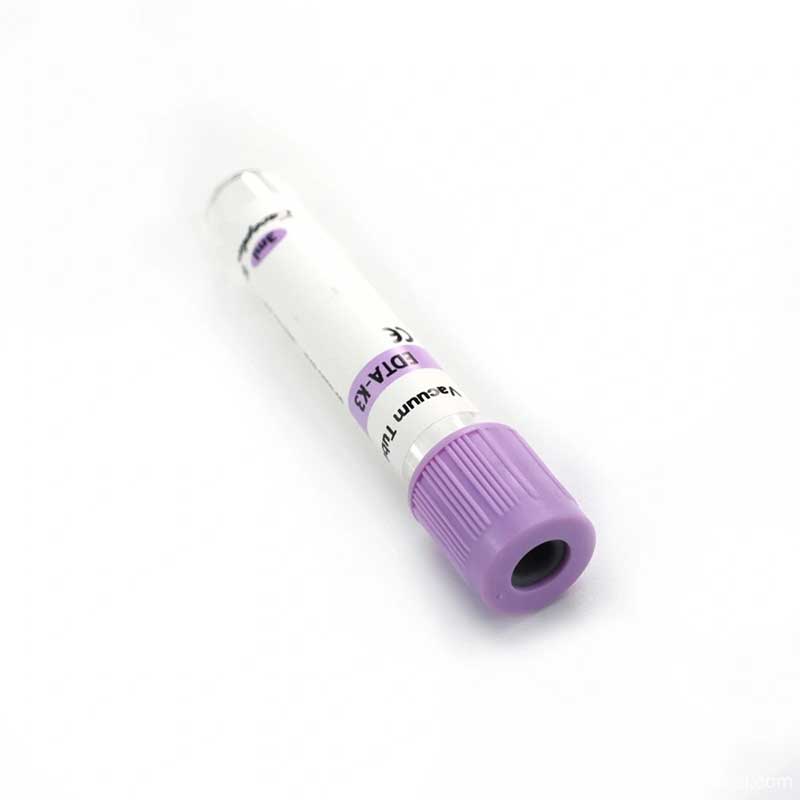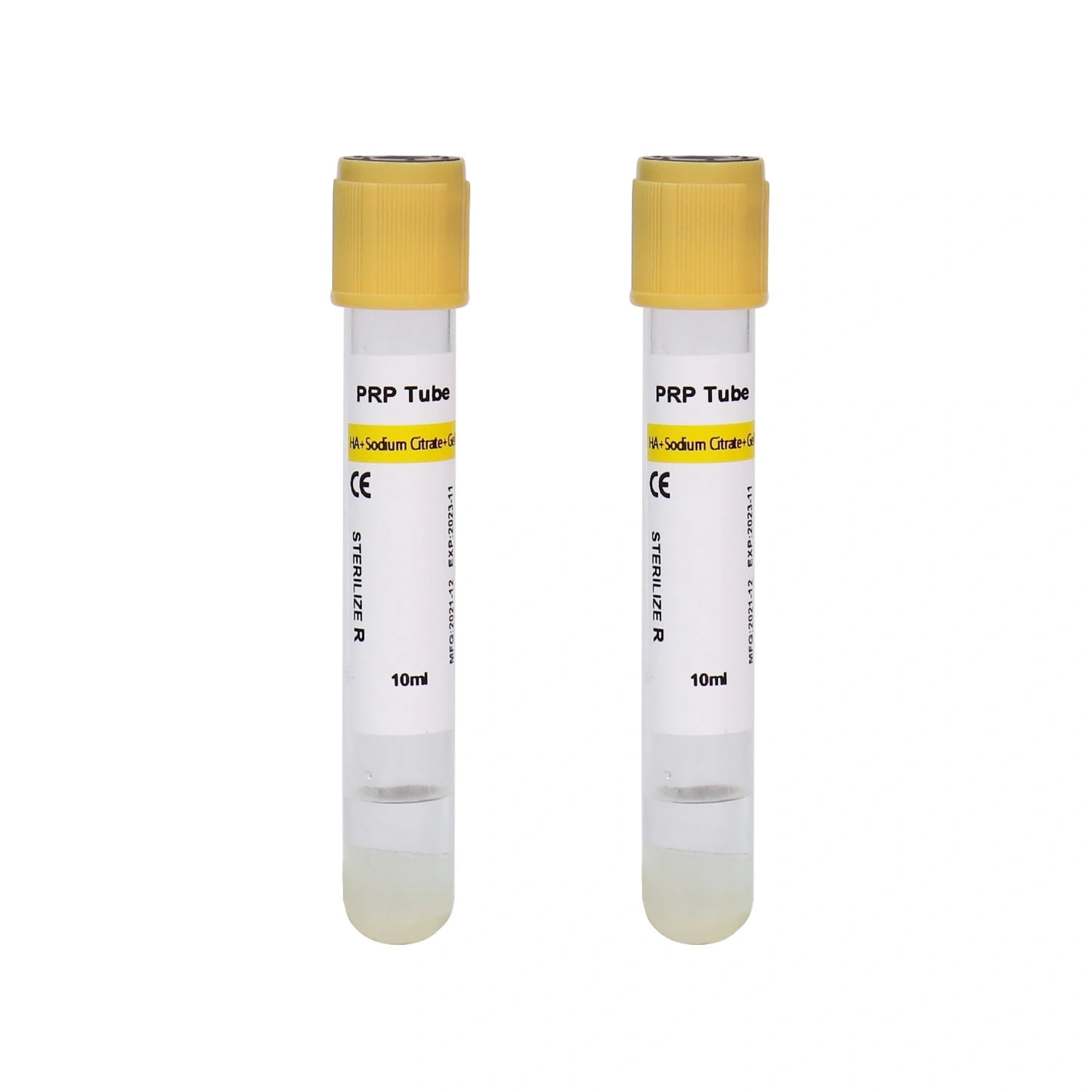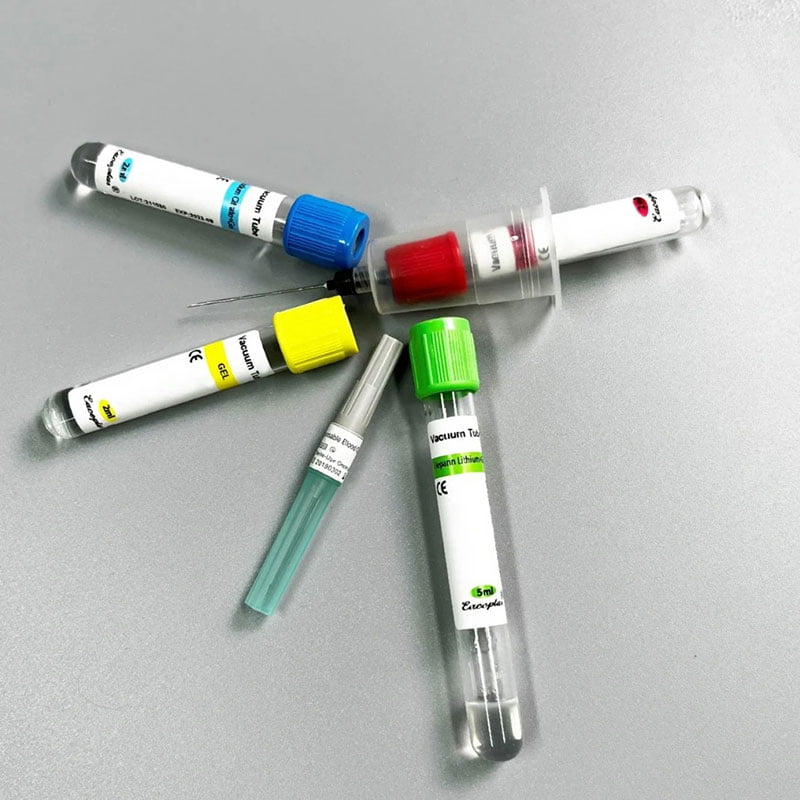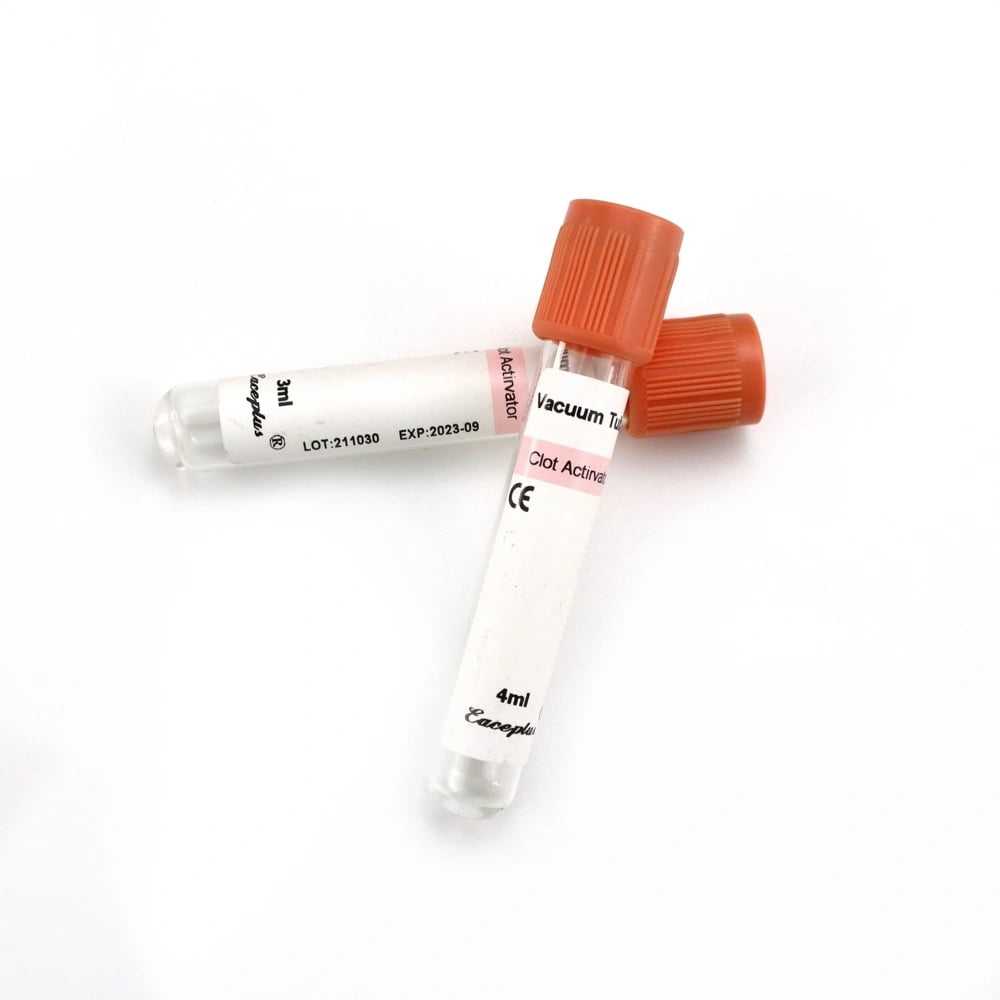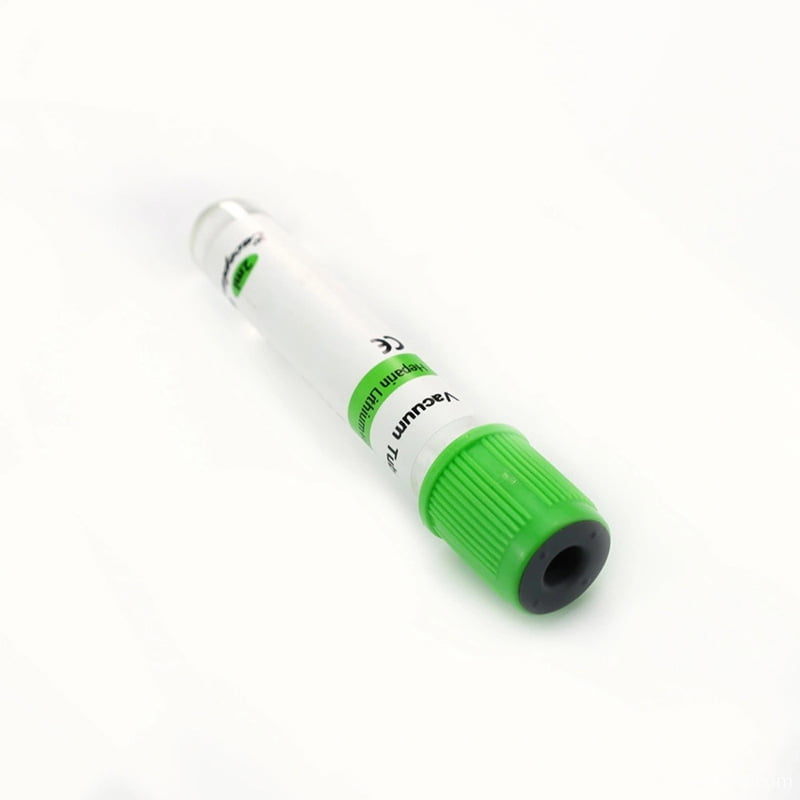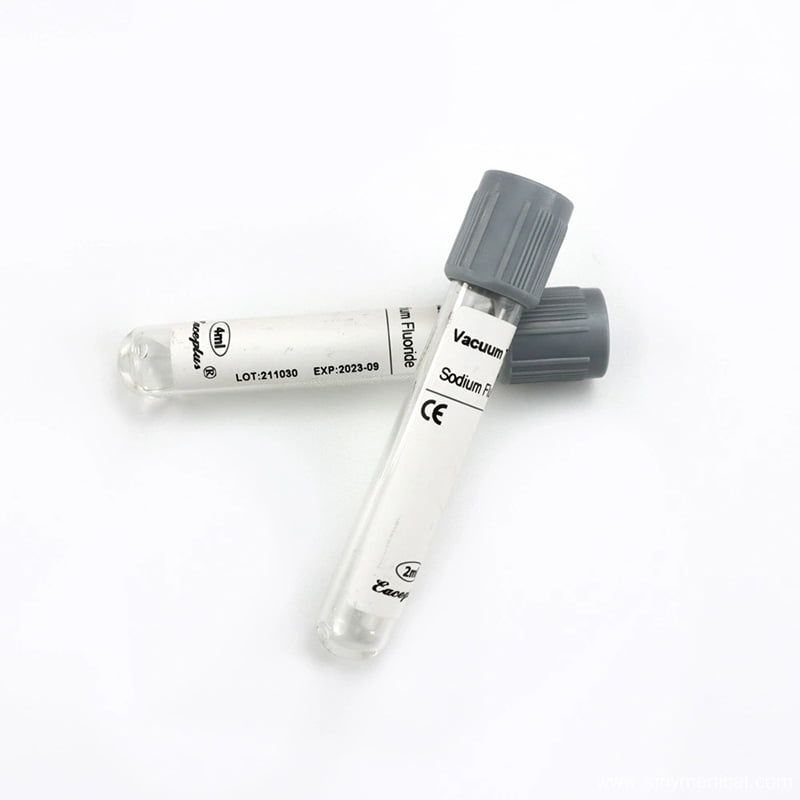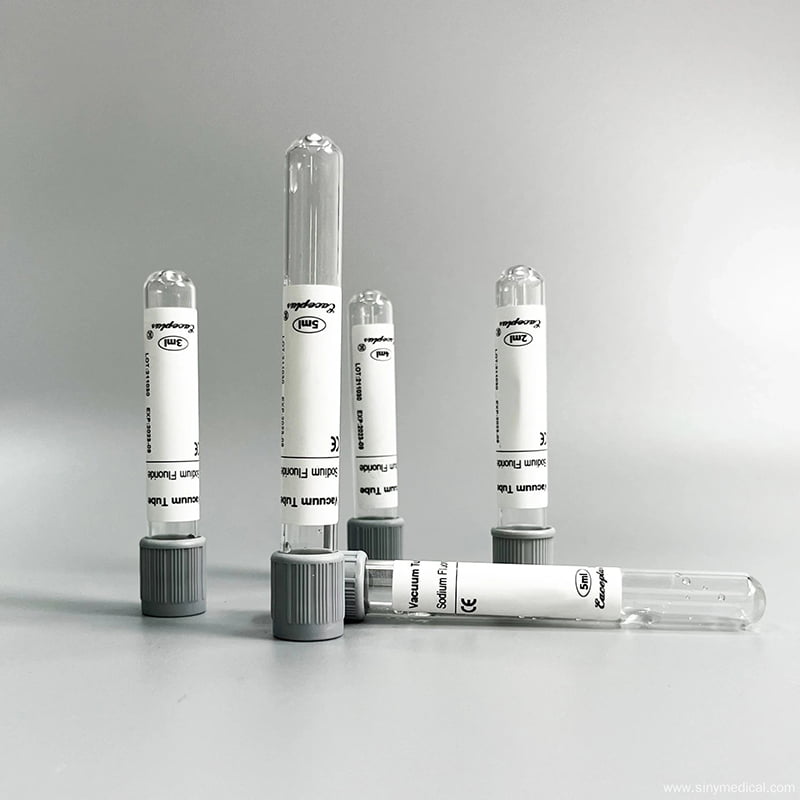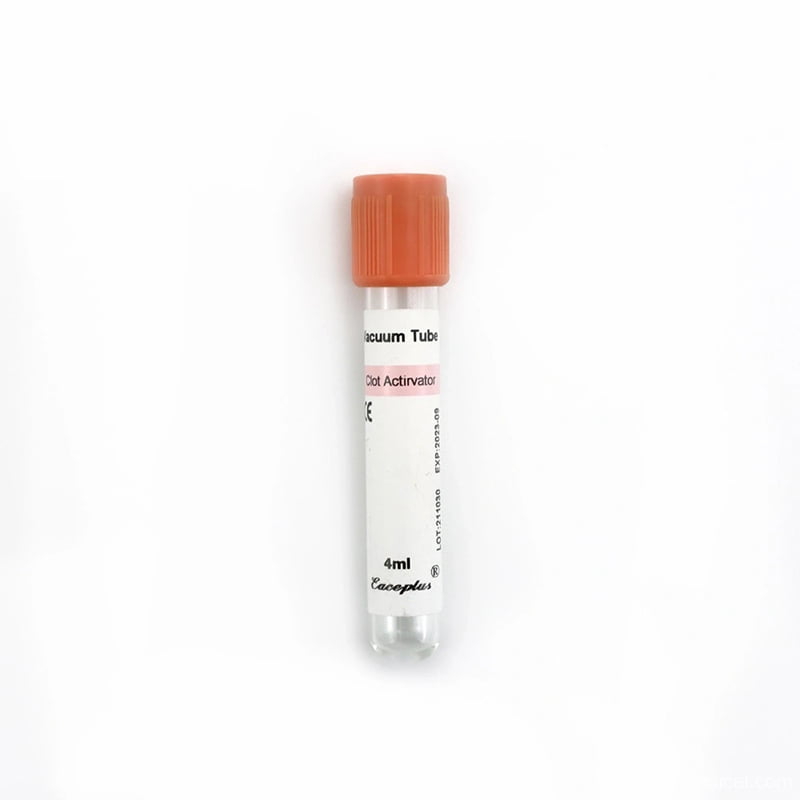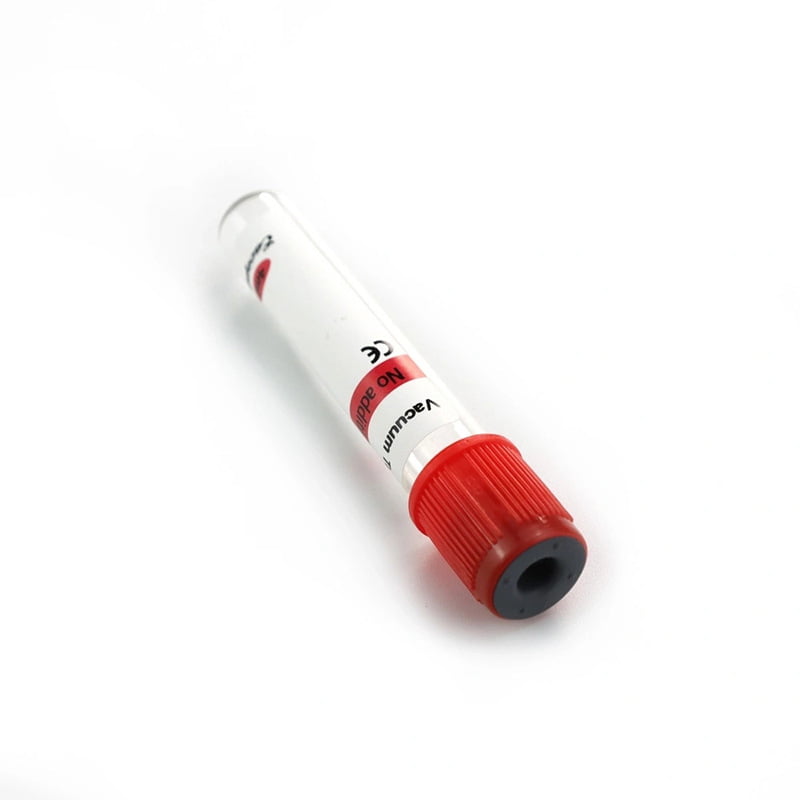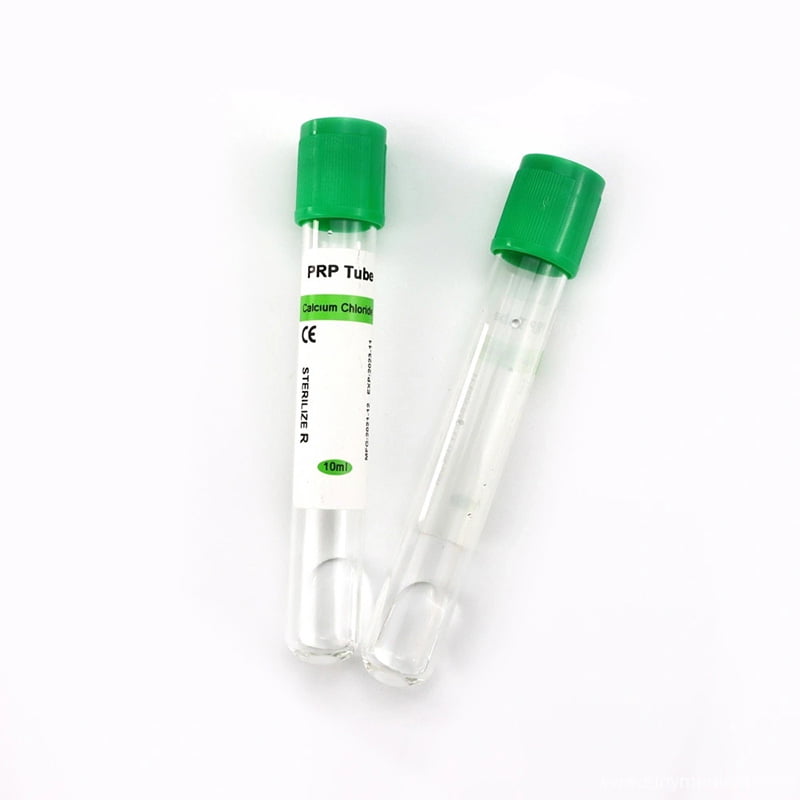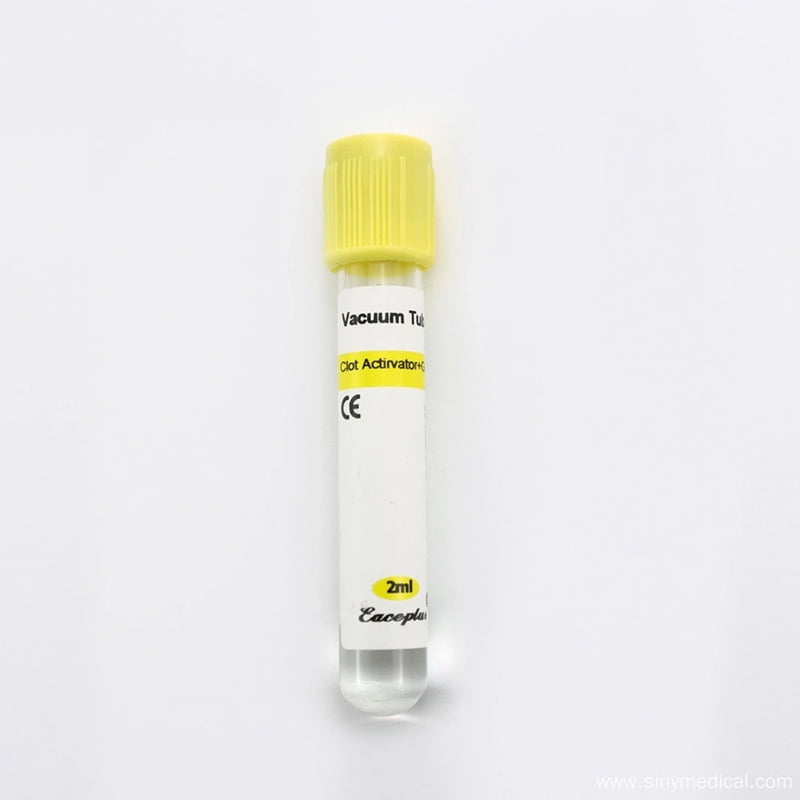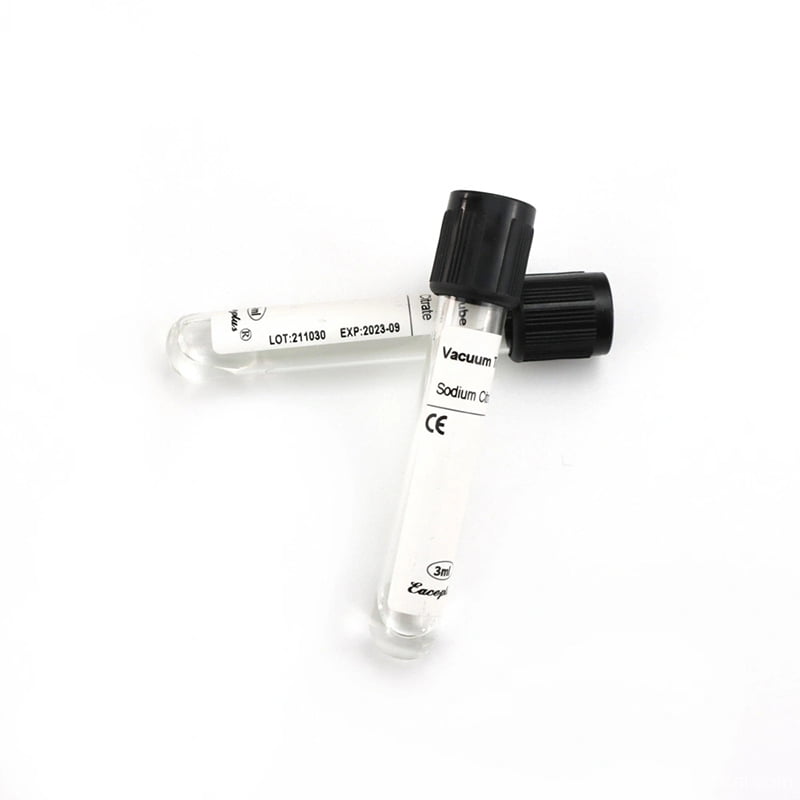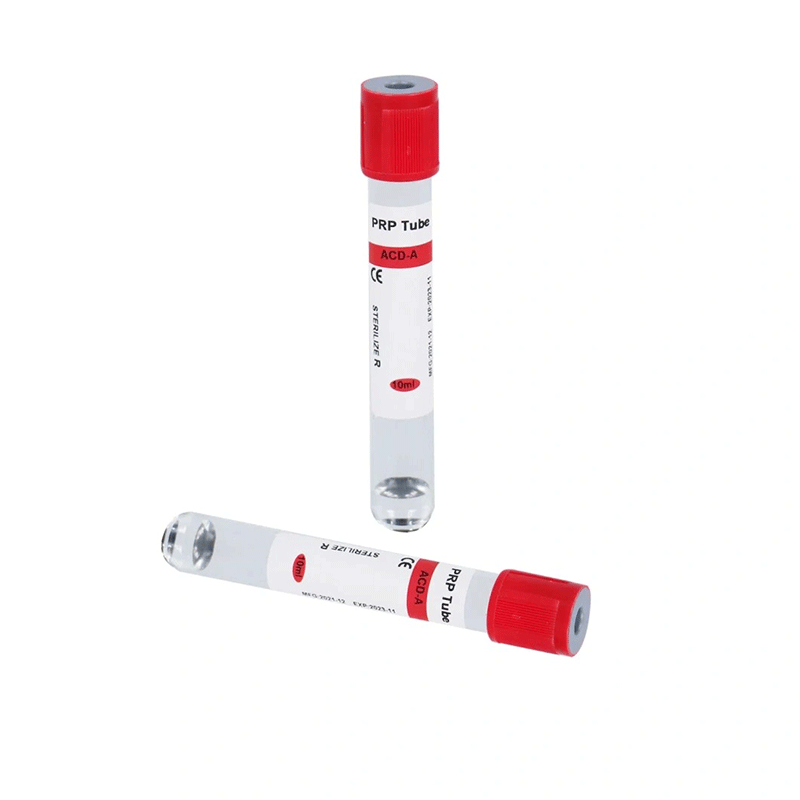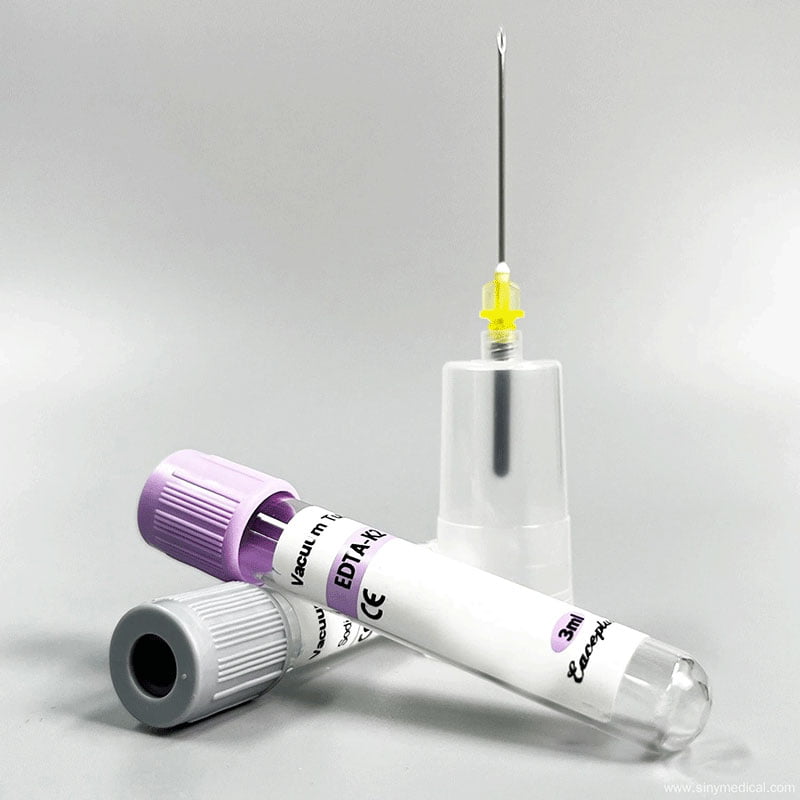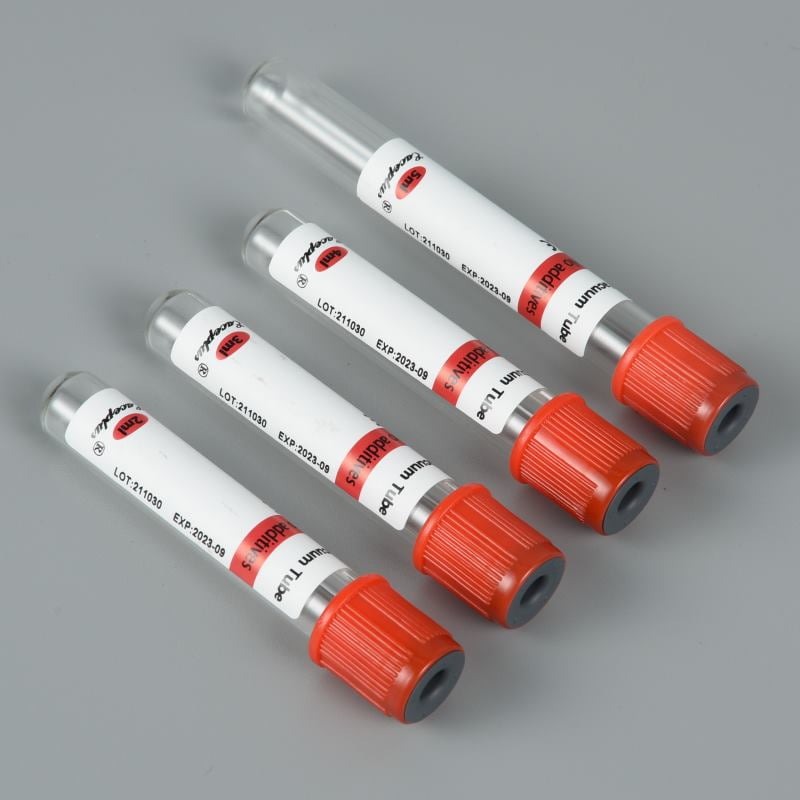A spinal needle is a medical device primarily used for spinal anesthesia, epidural anesthesia, and other diagnostic or therapeutic procedures involving the spine. This tool allows precise access to the epidural or subarachnoid spaces in the spine, enabling doctors to deliver anesthetic or other medications to ensure patients remain pain-free during surgery or treatments. Anesthesiologists and other medical professionals use spinal needles in various surgical procedures, finding them indispensable in modern anesthesia practice.
Spinal needles are available in various sizes, tip designs, and materials to suit different medical procedures. Their use requires skill and precision to minimize discomfort and avoid complications.
For high-quality spinal needles, explore the range at Siny Medical.
Table of Contents
Structure of a Spinal Needle
The design of a spinal needle is highly specialized to ensure precision and safety during use. The key components of a spinal needle include:
Needle Shaft
The needle shaft is typically made from high-quality stainless steel, providing excellent strength and corrosion resistance. Manufacturers tailor the length and diameter of the needle to meet the specific needs of different procedures, ensuring accurate placement within the spinal region.
Needle Tip
The needle’s sharp, fine tip minimizes tissue damage during insertion, while its carefully designed shape and angle ensure precise access to the epidural or subarachnoid space with minimal pressure.
Guide Mechanism
Many modern spinal needles include a guide mechanism to help maintain the accuracy of needle placement. This is especially helpful in procedures requiring high precision, as it reduces the risk of error and minimizes discomfort for the patient.
Connection Components
The needle’s connection parts are used to link the needle to anesthetic delivery systems or other medical equipment, allowing for the controlled injection of medications. Some designs also allow for the aspiration or injection of fluids or gases through the needle.
Types of Spinal Needles
Spinal needles vary depending on their intended use, design, and the type of anesthesia being performed. The main types include:

Single-Use Spinal Needles
These needles are designed for single use to prevent the risk of cross-contamination. Using single-use needles ensures the highest levels of sterility and safety for each procedure, making them particularly suitable for large-scale surgical environments like cesarean sections.
Spinal Needles with Guide Cannulas
These needles come equipped with a guide cannula, which helps doctors maintain the correct angle and path during insertion. This feature is especially beneficial for high-risk procedures, as it helps reduce the chances of nerve damage or other complications.
Epidural Spinal Needles
Anesthesiologists often use epidural spinal needles, designed for epidural anesthesia, in cesarean sections and spinal surgeries. These needles are typically longer and have a unique tip shape to ensure the precise delivery of anesthetic drugs into the epidural space.
Applications of Spinal Needles
Spinal needles have a wide range of applications, particularly in anesthesia and neurology. Common uses include:
1. Cesarean Section and Labor Anesthesia
Medical professionals widely use spinal needles in cesarean sections to deliver anesthetic agents into the spinal area. This allows the mother to remain awake during surgery while being pain-free. The medical community considers this type of anesthesia safer for both mother and baby compared to general anesthesia.
2. Spinal Surgery Anesthesia
In pinal surgery, spinal needles are used for either epidural or spinal needle anesthesia. This allows patients to remain awake during the procedure, with the pain controlled by the medication injected into the spinal area.
3. Chronic Pain Management
To alleviate pain and improve the quality of life for chronic pain sufferers, particularly cancer patients, doctors use spinal needles to inject analgesic medications into the spinal region.
4. Diagnostic Purposes
In neurology, spinal needles are used to extract cerebrospinal fluid (CSF) for diagnostic tests. This procedure can help diagnose conditions affecting the central nervous system, such as meningitis or multiple sclerosis.
Technical Specifications of Spinal Needles
| Type | Size (Gauge) | Color Code | Length (mm) |
|---|---|---|---|
| Quincke Point | 20G | Yellow | 50-150mm |
| Quincke Point | 21G | Green | 50-150mm |
| Quincke Point | 22G | Black | 50-150mm |
| Pencil Point | 22G | Black | 50-150mm |
| Pencil Point | 23G | Blue | 50-150mm |
| Pencil Point | 24G | Dark Purple | 50-150mm |
| Pencil Point | 25G | Orange | 50-150mm |
Safety Considerations for Spinal Needles
Using a spinal needle requires expert handling to avoid complications. Some key safety measures include:
- Sterile Technique: Ensures infection prevention.
- Proper Needle Selection: Choosing the right gauge and tip design reduces side effects.
- Correct Insertion Angle: Minimizes nerve damage.
- Patient Monitoring: Essential to detect allergic reactions or complications like low blood pressure.
Common risks include spinal headaches, infection, and hematoma formation. Proper technique and high-quality spinal needles from trusted manufacturers, such as Siny Medical, help mitigate these risks.
Conclusion
Spinal needles are indispensable in anesthesia, diagnostics, and pain management. Their precise design and safe application make them invaluable for procedures requiring spinal access. Understanding the role of spinal needles and their use can help both patients and healthcare providers appreciate the importance of this medical device in ensuring successful outcomes and patient comfort during surgery and treatment.
Siny Medical provides top-quality spinal needles, ensuring precision, durability, and compliance with medical standards.
For more information or to purchase spinal needles, visit Siny Medical or Contact Us.
FAQs
What is the difference between spinal and epidural needles?
Spinal needles are thinner and used for single injections into the subarachnoid space, whereas epidural needles are larger and allow for continuous drug administration.
How do doctors choose the right spinal needle size?
The choice depends on the procedure type and patient factors. Smaller gauges (25G-27G) reduce complications, while larger gauges (20G-22G) provide better fluid flow for diagnostics.
What is the most common complication of spinal needle use?
A post-dural puncture headache (PDPH) is a common issue, often caused by large-gauge Quincke needles. Using Pencil Point needles reduces the risk.
Where can I buy high-quality spinal needles?
You can find reliable spinal needles at Siny Medical, a trusted supplier with CE, ISO13485, and ISO9001 certifications.
How do I contact Siny Medical for more information?
You can reach us through our contact page. We are happy to answer any questions you may have. You can also connect with us on YouTube and Made-in-China.

